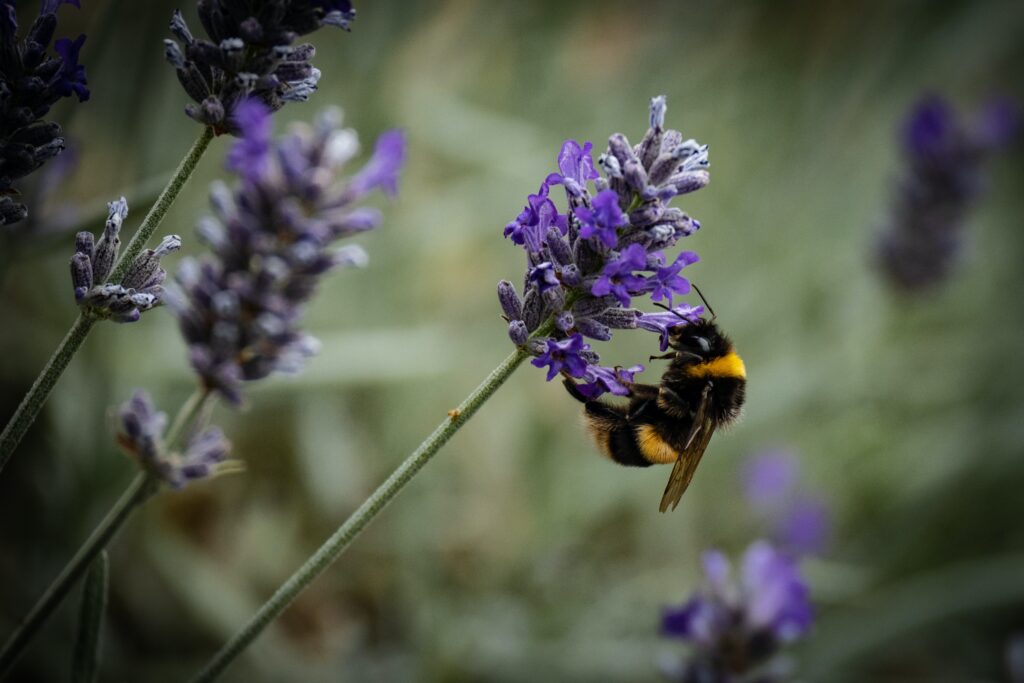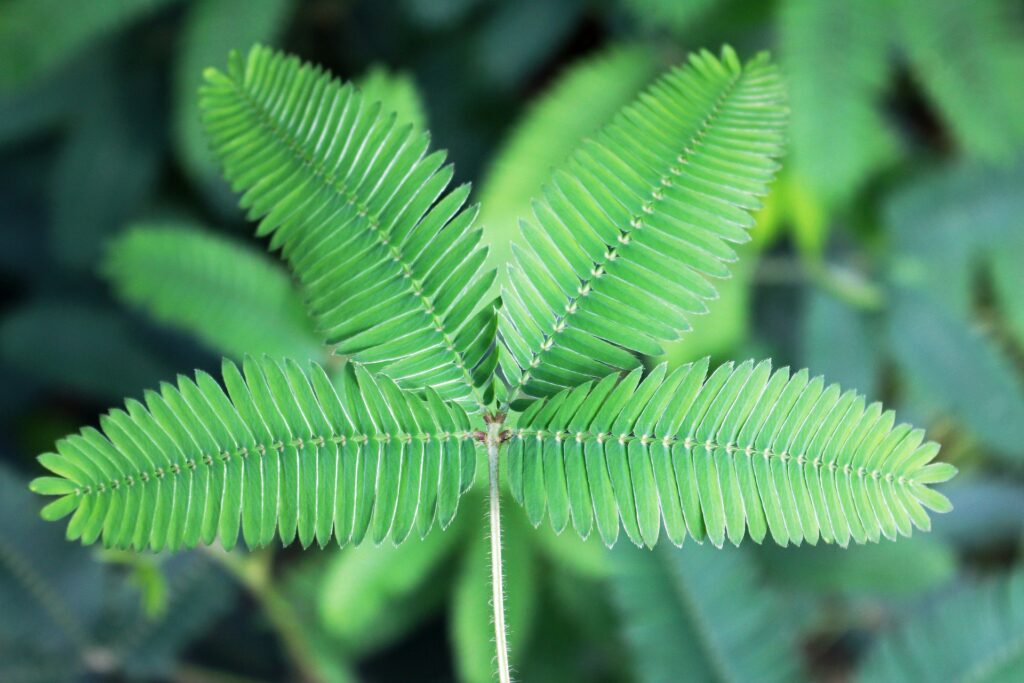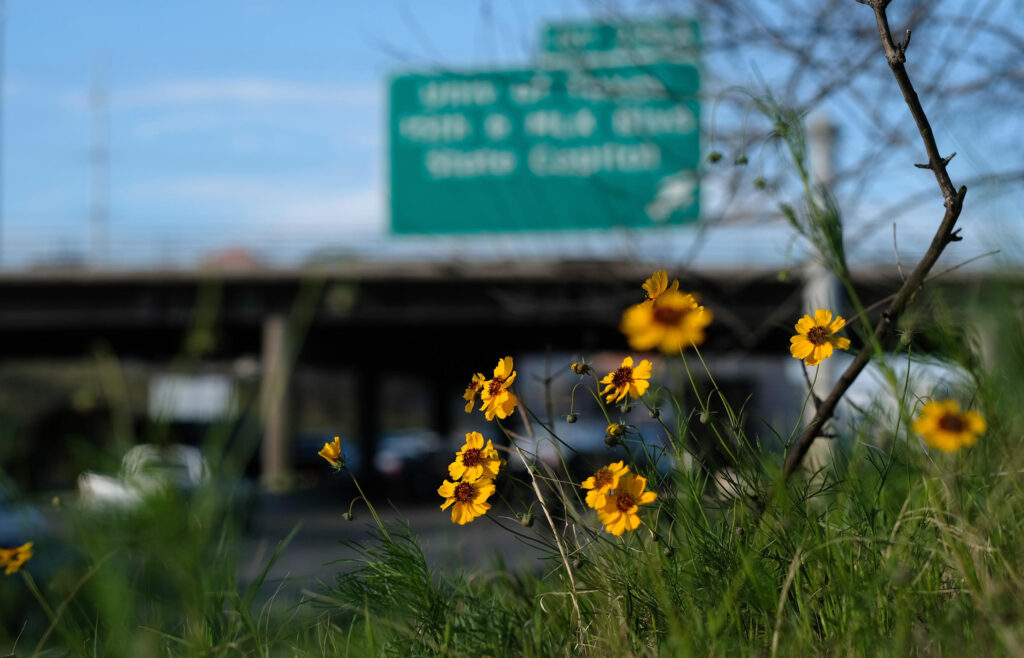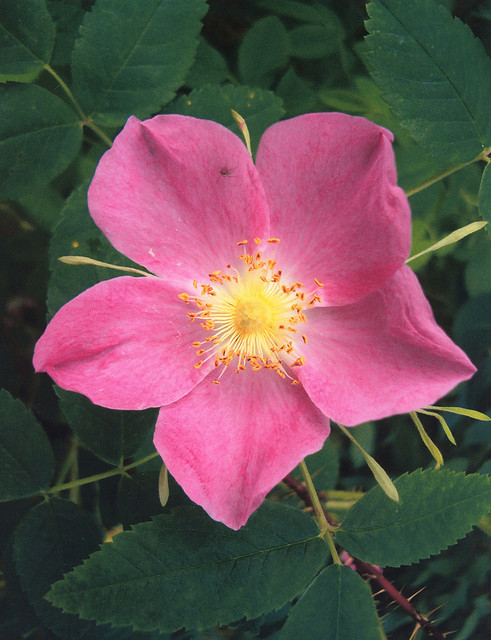December 2, 2022
Fun Fact: If a pollinator is spending too much time drinking nectar, a flower will smack it with a stamen to encourage it to move along.
In some flowers, pollen-containing mobile stamens snap forward when a visiting insect’s tongue touches the nectar-producing parts. Linnaeus first observed these “mobile stamens” in 1775 but no one has been able to explain their purpose…until now.

A team of researchers from China recently found that plants use rapidly moving stamens to enhance the turnover of bees and flies on their flowers, thereby reducing their nectar costs per successfully transported pollen grain. In their study on barberry flowers, insects visiting flowers with immobilised stamens stayed 3.6 times longer and removed more nectar than those visiting flowers with mobile stamens. They also found that insect visitors deposited pollen from flowers with mobile stamens on about three times more flowers, and on flowers further away, increasing the likelihood of reproductive success for the plant.
Sounds like a pushy waiter at a restaurant… truly a-pollen’ behaviour. They should bee ashamed.
If you’re interested in reading more, see their paper here: https://elifesciences.org/articles/81449





